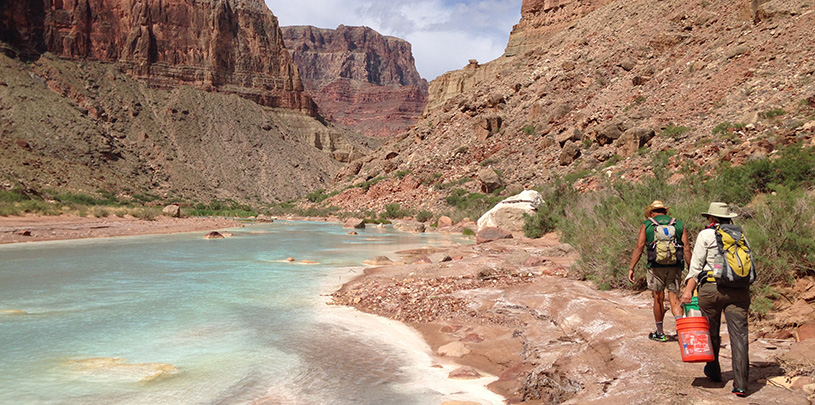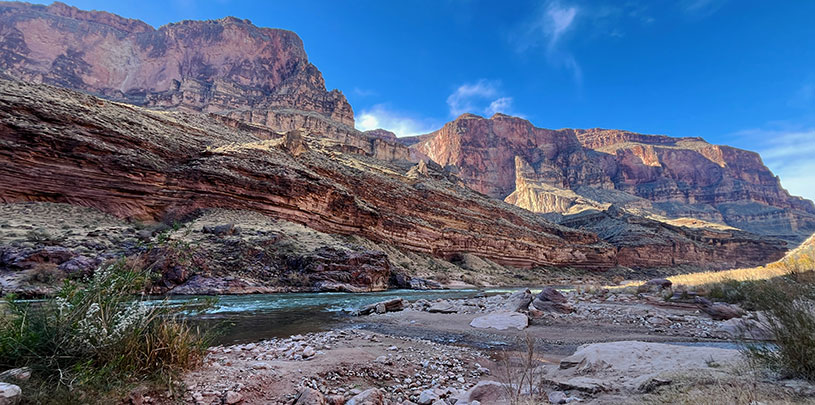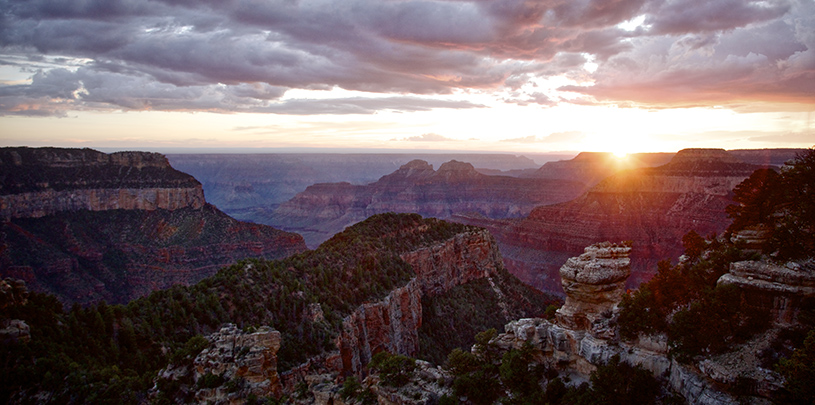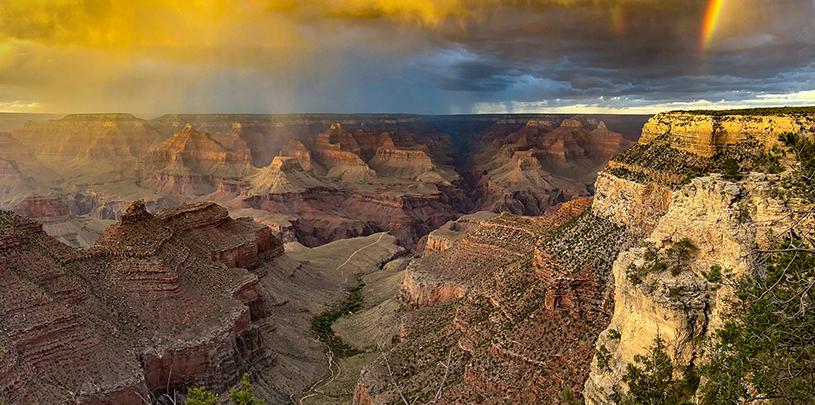
What did the humpback chub say when it ran into the wall? Dam.
Is this a joke? No, actually it’s not.
News broke in September that a Phoenix-based company wants to build two hydroelectric projects on the Little Colorado River just upstream from its confluence with the Colorado River in the Grand Canyon, a sacred place to many Native peoples. These dams are terrible ideas for several reasons, including that they would harm the river and the endangered fish species that reside here.
Earlier this week, a coalition of conservation groups, including the Grand Canyon Trust, filed a motion to intervene urging the federal government not to issue preliminary permits for the projects.
As a former fish biologist in the Grand Canyon, my chief concern is the humpback chub — an endangered fish native to the Southwest that seeks refuge in the Little Colorado River. Damming one of their last remaining spawning areas would spell disaster for a species that has been around for millions of years.
Humpback chub: the weird-looking fish you can’t help but love

The Little Colorado River starts high in the White Mountains, near the Arizona-New Mexico border, as a small, clear ribbon of water. By the time it flows down to Holbrook, Winslow, and Cameron, the water has mostly seeped underground. Below Cameron, the wash carves a steep, narrow gorge as it drops into the Grand Canyon. The trademark blue water comes from dissolved calcium carbonate, a mineral found in the rocks near the aptly-named Blue Spring, where the stream bubbles to the surface again in the lowest 13 miles of the gorge. On fish research trips in the Grand Canyon, my colleagues and I would clamor to catch the first glimpse of the Little Colorado River, wondering if we’d see chalky blue waters, or, if the river was flooding, muddy brown.
This is where the humpback chub live.
Why dams would be disastrous to humpback chub

Dams fundamentally change the nature of desert rivers. If the proposed hydroelectric projects move forward in the Little Colorado River, the warm, muddy water humpback chub have evolved to thrive in will stop behind the dam and be replaced with cool, clear water coming out downstream. Arizona is home to over 30 species of native fish. More than half of them are threatened or endangered. The Little Colorado River is just one more place where the demand for water resources puts native fish in the losing position. Humpback chub used to be found throughout the Colorado River drainage in interconnected desert streams. Now, more than 85 percent of their total population lives in the Grand Canyon, most in the Little Colorado River drainage.
- The dams would destroy one of the last remaining natural places where endangered humpback chub spawn. Their eggs aren’t viable in cold water conditions.
- The metabolism of humpback chub slows down in cold water. They don’t grow much in the dammed mainstem of the Colorado River where the temperatures are cooler.
- Bugs, a favorite food of fish, lay eggs along the side of the river. When the water drops (dam flows change daily as power is produced), the eggs will dry up.
- Cold and clear waters are great for non-native fish species like rainbow trout and brown trout. They can easily cruise around eating whatever they see. Humpback chub won’t be able to hide like they can in cloudy water.
Fun fact: The hump of a humpback chub, reminiscent of a camel-fish hybrid, is likely there in order to help the fish hold its ground in a flooding river. Desert rivers swell seasonally with snowmelt and monsoon rains, sending a slurry of sediment downstream.
Why does it matter?
We already know what impacts dams have on desert rivers — just look next door to the mainstem Colorado, where scientists have spent decades and millions of dollars studying the impacts of Glen Canyon Dam. Once described as “too thick to drink and too thin to plow” because of the amount of sediment suspended in the water, the mainstem Colorado River below the dam is now crystal clear and artificially cold. The dam eliminates seasonal floods and blocks all sand and silt from flowing downstream, creating exactly the opposite of the conditions humpback chub need to thrive.
As a fish biologist, it’s easy to see how different the Colorado River system functions today because of Glen Canyon Dam. Do we really want to do the same thing to Little Colorado River?
Desert ecosystem food webs are incredibly interconnected. One change, one species going extinct, can unravel everything. Natural tributaries like the Little Colorado River are literally lifelines for the native plants and animals of the Grand Canyon.
Haven’t we learned our lesson from damming the Grand Canyon already?





